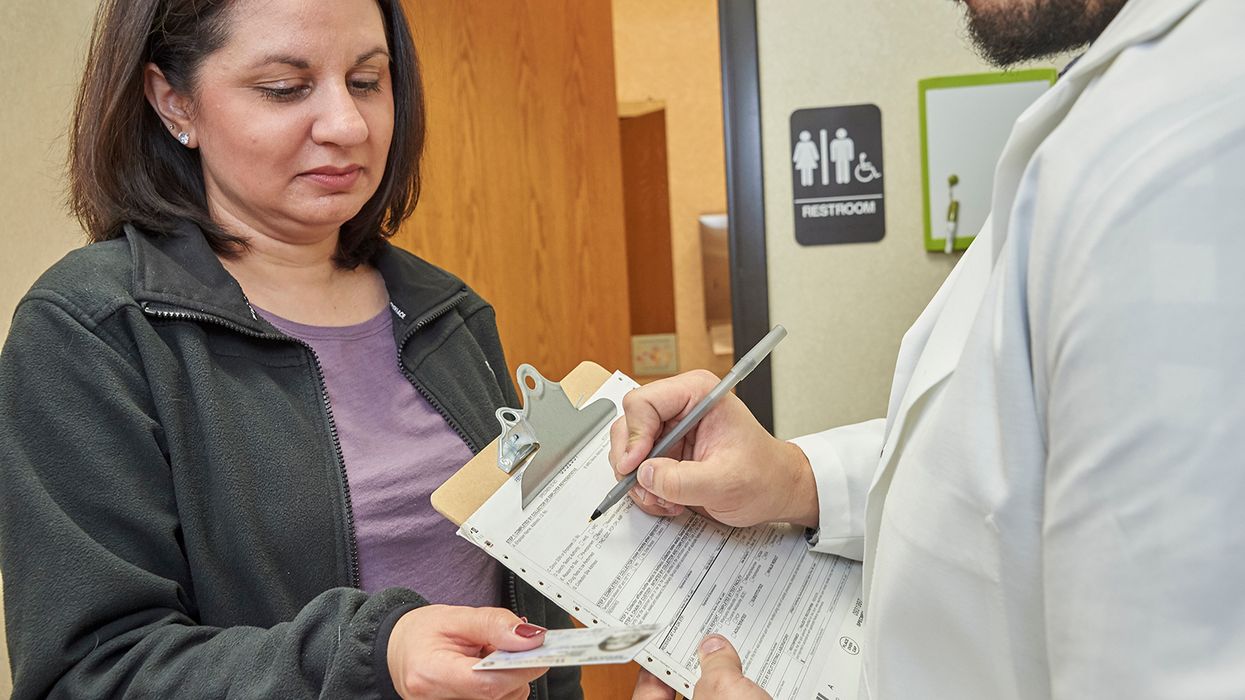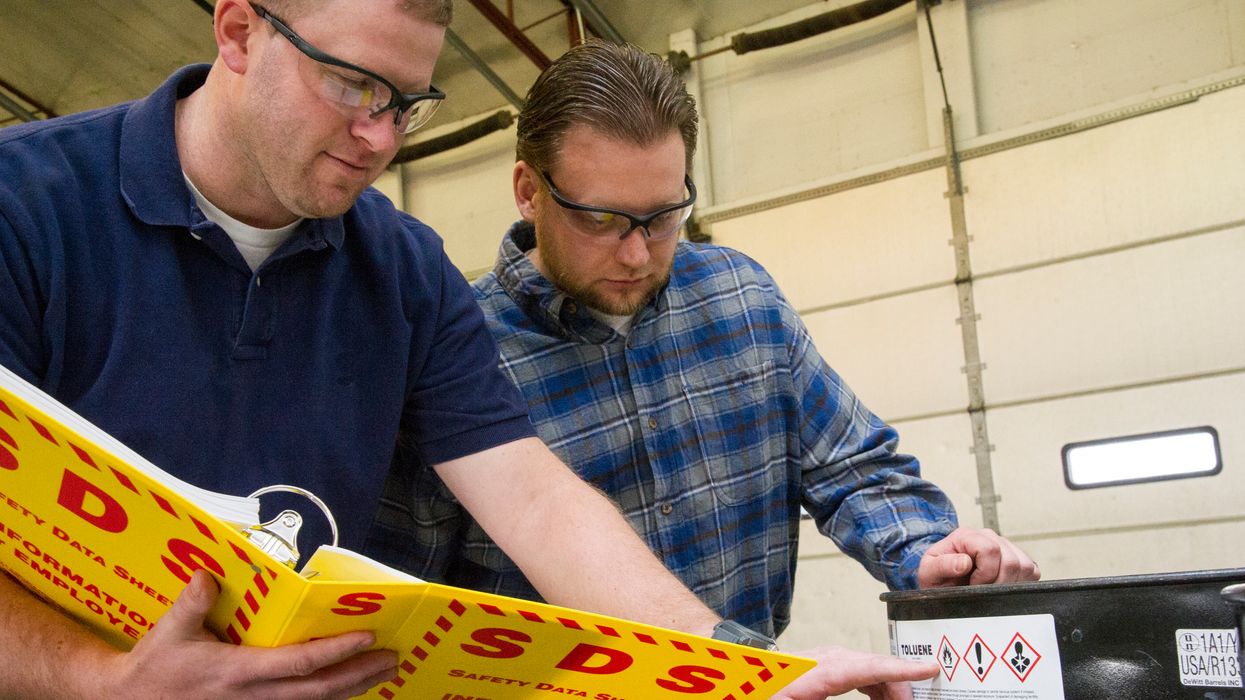Time’s up for old drug testing form
Make sure your drug testing providers are using the latest version of the Federal Drug Testing Custody and Control Form (CCF).
September 1, 2023, was the deadline for using the new form in place of the 2017 version. Among other changes, the newer CCF (issued in 2021) includes the option to test oral fluid in place of urine (see Step 2 on the form). (Note, however, that oral-fluid testing is not yet available because no labs have been approved to test oral fluids.)
| Click here to read more about oral-fluid testing! |
You may need a memo
What happens if the old form is used by mistake? Using the 2017 version of the CCF won’t mean the test needs to be canceled, but it will require special documentation.
Whoever first becomes aware that an old CCF was used (whether it’s the collector, lab, medical review officer, or motor carrier) must create and sign a “memorandum for the record” that:
- States that the incorrect form contains all the information needed for a valid DOT drug test;
- States that the incorrect form was used inadvertently or as the only means of conducting a test, in circumstances beyond your control; and
- Lists the steps you’ve taken to prevent future use of an expired CCF.
The memo must be faxed or couriered to each party that has a copy of the CCF, on the same business day on which the problem came to light. The memo must be kept with the CCF, and the CCF must be marked on its face to make it obvious that the flaw was corrected.
Refer to 49 CFR 40.205 for details.
Key to remember: As of September 1, 2023, the 2021 version of the federal drug testing form must be used for all DOT drug tests. Failing to use the latest form will require creation of a special memo.

















































